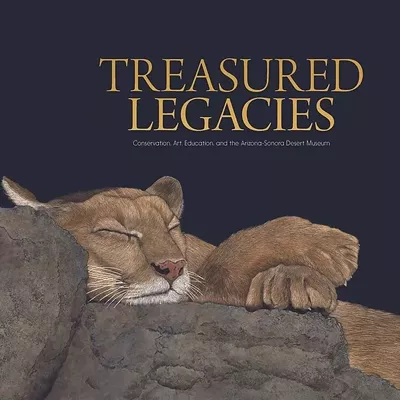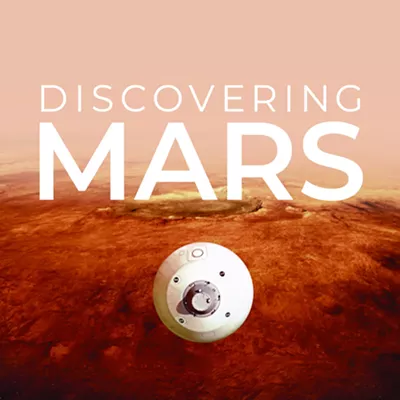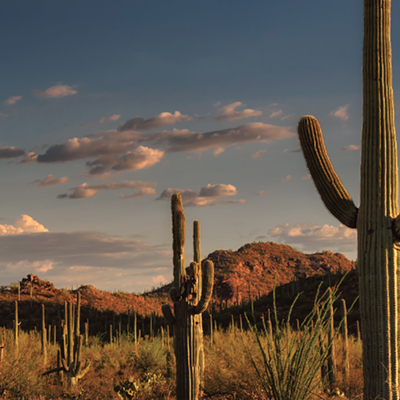Getting out of the house may have been one reason they collaborated in this well-written, nicely photographed petroglyph primer.
"It's not a scientific explanation of rock art or its meaning," says Farnsworth. "It's designed for people, especially those with small children, who want to stop along their trip, enjoy rock art and make their own interpretations." The book includes than 50 outdoor art galleries in Arizona, Nevada, California, New Mexico, Utah and Colorado.
Responsive to legal and environmental regulations as well as tribal cultural sensitivities, the book provides the necessary information to visit these public and accessible sites; a variety are presented, from wheelchair-accessible to real Wild West adventures. Included is historical and archaeological background information on rock art left as proof that many different tribes and peoples have occupied the Southwest over thousands of years, with some examples from as long as 16,000 years ago. Also cleared up is the frequently confused differentiation between petroglyphs, pictoglyphs, geoglyphs and pictographs.
First-time rockhounds will also find out there is protocol to observe in viewing these fragile offerings. "Nature's natural weathering is destroying these images fast enough, and we don't need to add to the damage," writes Farnsworth. Among the do's and don'ts: Refrain from touching rock art, as body oils can damage the images; don't pick up pottery or other artifacts (penalties and fines are involved); don't walk on rocks with artwork; do stay on developed trails.
"From traveling with my own children, I've learned that kids like to search for certain images on a panel, and I've posed many 'Can you find?' or 'Did you see?' questions that make even adults narrow their focus in searching the glyphs. Since rock art meanings are so varied, I've taken liberties in describing the figures in a way that children can identify the motifs. I encourage everyone to make their own interpretations as part of the enjoyment of the mystery and beauty at these sites."
Few of the two dozen Arizona rock-art sites are in the Tucson area, although in a section titled "Other Sites to Visit," two Sierra Vista spots (Petroglyph Discovery Trail and Garden Canyon on Fort Huachuca property) are suggested stops after contacting the Sierra Vista Convention and Visitors Bureau at (800) 288-3861 for more detailed information.
The two local visits detail Signal Hill in Saguaro National Park West and Baby Jesus Ridge in the foothills of the Santa Catalina Mountains, where petroglyphs are pecked out on boulders for several hundred yards with images of stick-figure men, four-legged animals with long tails and the omni-present rattlesnake. "Hohokam people, believed by the Tohono O'odham to be their ancestors, lived in the area between approximately A.D. 450 and 1400 and made these petroglyphs," Farnsworth writes. "As in many other Hohokam sites, there are figures representative of humans and animals and many abstract glyphs of dots, circles and squares that might portray part of a ceremony. Ethnological studies suggest that shamans used hallucinogenic plants to elicit visions and the designs might commemorate their experiences." To divulge more information here takes away some of the author's thunder and hard work involved in the research phase.
Each of the locations is described in detail--how to get there, what services might be available, whom to contact--and most locations include handy sidebar info on "sidelights" and "side trips." The sidelight information is especially helpful and covers topics like rock coloration from iron oxides, black soil made up of algae and fungi, paint brushes made from yucca, solar calendars, the dating of events through tree-ring analysis (dendrochronology) and a lot more topics presented in a fashion that makes learning easy and enjoyable.
Side trips include a number of museums and collections of Native American pottery and beadwork, petroglyph figures 8 feet high, children's discovery areas that allow for hands-on learning for youngsters, desert plants and scenic loops that will take travelers to panoramic vistas offering lasting impressions.







